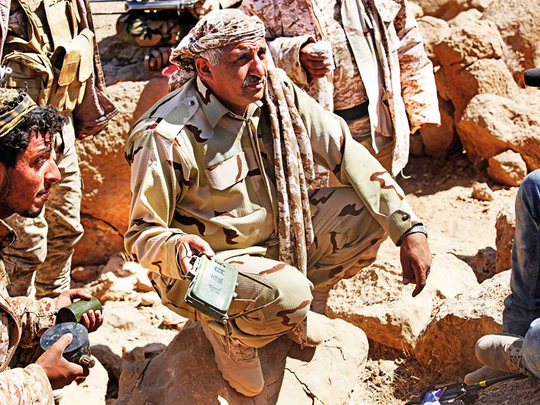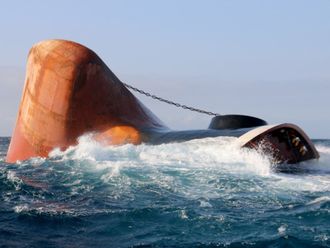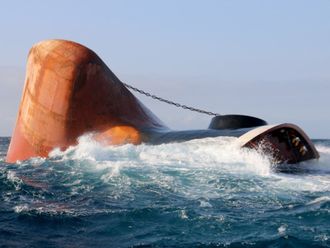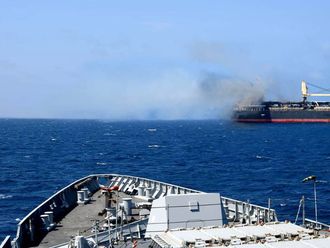
ON THE OUTSKIRTS OF SANA’A: In the rocky highlands outside of Yemen’s rebel-held capital, soldiers and fighters loyal to Yemen’s internationally recognised government describe having a tantalising view on a clear day of Sana’a’s international airport from the moonscape mountains. The price is incoming fire on the exposed hillside from the Iran-allied Al Houthi militia. “In mountainous areas like this it’s difficult. The American Army struggled with that in Afghanistan,” Yemeni Major General Nasser Ali Al Daibany told AP reporters who were granted access to the front lines on a tour organised by the Saudi-led coalition. “But for us this won’t slow us down ... because our boys, our fighters, were trained in these mountains, so they are the sons of this area.”
Yemen has seen decades of conflict, first with the 1960s civil war that ended North Yemen’s monarchy. Fighting between Marxist South Yemen and the north followed. Yemen unified in 1990, but resentment persisted under 22 years of kleptocratic rule by Ali Abdullah Saleh.
Yemen’s 2011 Arab Spring protests ultimately forced Saleh to resign, but he continued to wield power behind the scenes and maintained the loyalty of many armed forces commanders. In 2014 he formed an alliance with Al Houthis — who he had gone to war with in the past — and helped them capture the capital, Sana’a.
The Saudi-led coalition entered the conflict the following year to uphold the legitimacy of the internationally recognised government of President Abd Rabbo Mansour Hadi. Riyadh views Al Houthis as an Iranian proxy, and both Saudi Arabia and the United States say Tehran has provided the long-range missiles the militants have fired into the kingdom. In Marib, a province bordering Saudi Arabia, nearly every man and some boys have Kalashnikov assault rifles slung over their shoulders, making it difficult to tell civilians from combatants at first glance. Many drivers don’t bother with licence plates.
AP reporters were taken to a peak 48km from Sana’a International Airport, just inside Sana’a province.
Here in the mountains, militiamen and soldiers point to crevices and man-made caves used by militia fighters before they were driven back two months ago. They say they retook the area, called ‘Sniper’s Mountain’,. Spent mortar rounds and bullet casings litter the ground. The corpse of an Al Houthi militiaman rotted nearby.
Apache attack helicopters could help, the soldiers said. Al Daibany, the general, said authorities have a plan to slowly squeeze Sana’a while trying to allow civilians free passage from the capital.
But for now, the war continues. Colonel Yahya Al Hatimi, who has lost three brothers to the fighting, gestured to his village, across the front lines and visible from the mountain top. His family still lives in the area, something that caused him to pause for a moment, overcome by emotion.
“I miss my life. I’m missing my life and my family,” he said. “But we are promising here that I am arriving” soon.












